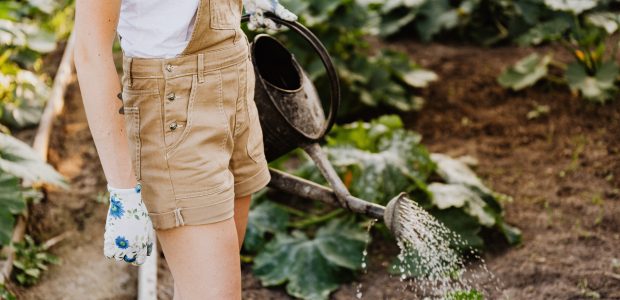
Water is a vital resource for sustaining life, and in the context of permaculture, optimizing water usage is crucial for creating sustainable and resilient ecosystems. In this blog post, we will explore the best practices and techniques for water conservation in permaculture systems. Whether you are a seasoned permaculturist or someone new to the concept, this guide will provide valuable insights on creating efficient water systems in permaculture that align with the needs of the environment. Let’s dive in!
- Understanding Permaculture and Water Conservation
- Exploring the principles of permaculture and its focus on sustainable water management
- The interconnection between permaculture and water conservation
- How efficient water systems contribute to the overall resilience of permaculture designs
- Designing a Water System in Permaculture
- Assessing the specific water needs and patterns of your permaculture site
- Key elements of a water system in permaculture, such as rainwater harvesting and storage
- Integrating swales, ponds, and dams to manage water flow and minimize runoff
- Water Conservation Techniques in Permaculture
- Implementing mulching and ground cover to reduce evaporation and soil moisture loss
- Utilizing graywater systems for non-potable water needs in your permaculture setup
- The role of drip irrigation, micro-sprinklers, and other water-efficient methods
- Enhancing Water Efficiency in Permaculture Farms
- Exploring techniques for efficient water usage in farm settings
- Crop selection and companion planting for water-wise agriculture
- Using contouring and terracing to minimize erosion and optimize water distribution
- Case Studies: Successful Water Systems in Permaculture
- Examining real-life examples of permaculture projects with exemplary water systems
- Learning from the experiences of permaculturists who have implemented effective water conservation practices
- Understanding the challenges faced and how they were overcome in different contexts
Water conservation plays a pivotal role in permaculture systems, ensuring long-term sustainability and resilience. By implementing the best practices and techniques discussed in this blog post, you can create a water system in permaculture that optimizes water usage, reduces waste, and supports the overall health of your ecosystem. Embracing these strategies will not only benefit the environment but also contribute to your own self-sufficiency and well-being. Let’s strive to be stewards of water and work towards a more sustainable future through permaculture.
Remember, small changes can make a big difference! Start applying these techniques in your permaculture journey and inspire others to join the movement towards water-conscious living.


